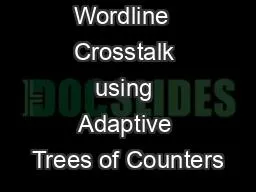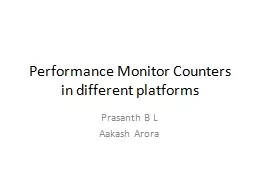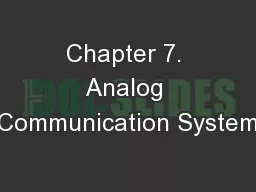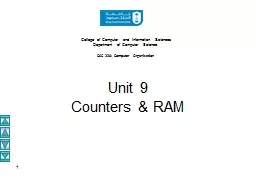PPT-Mitigating Wordline Crosstalk using Adaptive Trees of Counters
Author : maniakiali | Published Date : 2020-06-23
Mohammad Seyedzadeh Alex Jones Rami Melhem University of Pittsburgh 2 DRCAT Dynamically Reconfigured Counter based Adaptive Tree Deepscaled D RAM C ells
Presentation Embed Code
Download Presentation
Download Presentation The PPT/PDF document "Mitigating Wordline Crosstalk using Ad..." is the property of its rightful owner. Permission is granted to download and print the materials on this website for personal, non-commercial use only, and to display it on your personal computer provided you do not modify the materials and that you retain all copyright notices contained in the materials. By downloading content from our website, you accept the terms of this agreement.
Mitigating Wordline Crosstalk using Adaptive Trees of Counters: Transcript
Download Rules Of Document
"Mitigating Wordline Crosstalk using Adaptive Trees of Counters"The content belongs to its owner. You may download and print it for personal use, without modification, and keep all copyright notices. By downloading, you agree to these terms.
Related Documents














